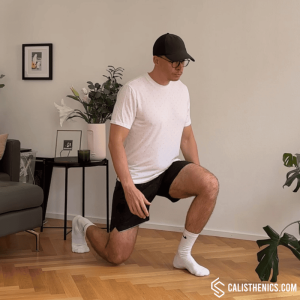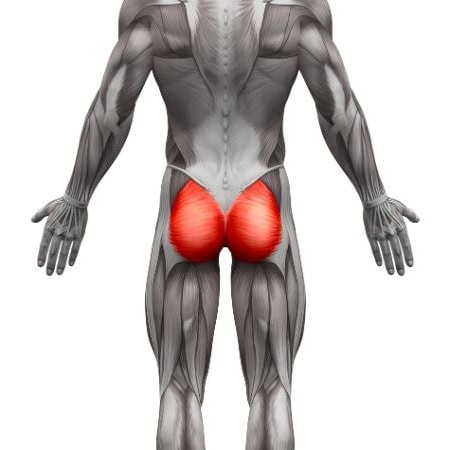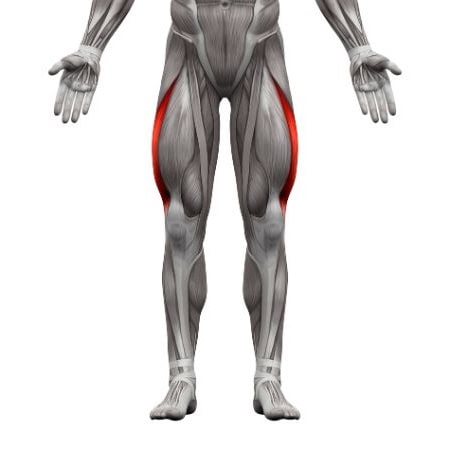Walking Lunges
How to do Walking Lunges?
Walking lunges are a dynamic lower-body exercise that works the muscles of the legs and core while also improving balance, coordination, and flexibility. In this movement, you alternate lunging forward with each leg while walking, creating a continuous motion. This exercise targets the quadriceps, hamstrings, glutes, and core muscles, making it an excellent option for building strength, endurance, and stability.
Steps to Perform the Exercise:
- Stand Tall: Start by standing upright with your feet together and your hands either by your sides or on your hips for balance.
- Step Forward: Take a controlled step forward with your right foot, about 2-3 feet in front of you, ensuring your step isn’t too short or too long.
- Lower into a Lunge: Bend both knees to lower your body into a lunge. Your front knee should be directly over your ankle, forming a 90-degree angle, while your back knee should hover just above the ground.
- Push Off and Step Forward: Push through your front heel to bring your back leg forward and step into the next lunge with your left leg. Keep your core engaged and maintain balance.
- Continue Walking: Alternate legs as you continue to walk forward, repeating the lunging movement with each step.
Tips for the proper execution of Walking Lunges
Maintain Upright Posture: Keep your torso upright and chest lifted throughout the movement. Avoid leaning forward or arching your back.
Step with Control: Focus on controlled, deliberate steps. Rushing the movement can lead to poor form and injury.
Knee Alignment: Ensure that your front knee stays aligned with your toes and doesn’t go past your toes as you lunge.
Push Through the Heel: When you push off to bring your back leg forward, drive through the heel of your front foot to engage your glutes and hamstrings effectively.
Engage Your Core: Keep your core engaged to help with balance and stability as you move forward.
Avoid Overstriding: Taking too large a step can cause your back leg to overstretch and may place unnecessary stress on your joints.
Muscles worked when doing Walking Lunges
- Primary Muscles: Quadriceps, hamstrings, glutes.
- Secondary Muscles: Calves (gastrocnemius, soleus), core (rectus abdominis, transverse abdominis, obliques), hip flexors.
Primary Muscle(s):
Secondary Muscle(s):
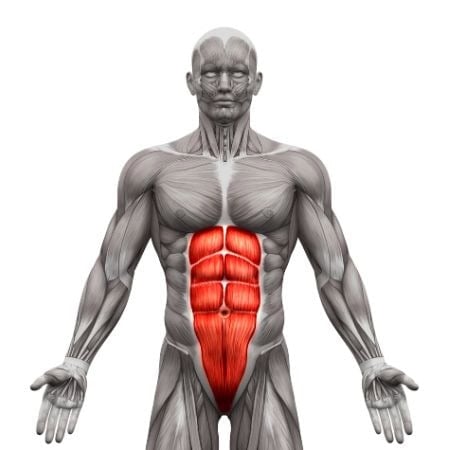
Abdominal
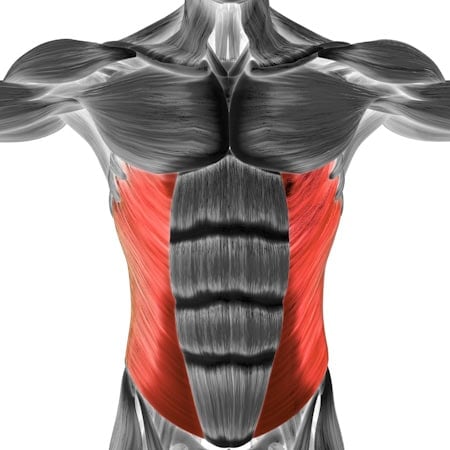
Oblique
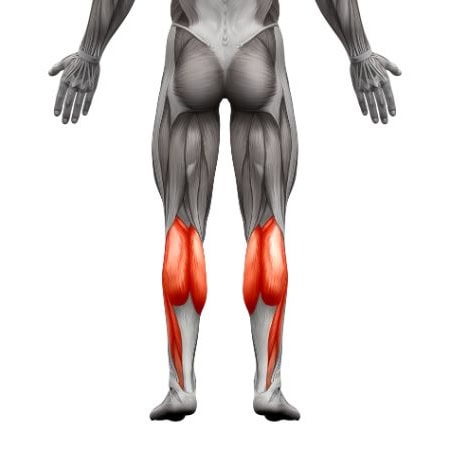
Calf
Equipment needed for Walking Lunges
No equipment needed for this exercise.
Adjust the difficulty of Walking Lunges
How to make Walking Lunges harder?
How to make Walking Lunges easier?
How to make Walking Lunges harder?
To make Walking Lunges harder:
-
Increase Weight: Hold a pair of dumbbells by your sides or a single dumbbell at chest level to add resistance and make the exercise more challenging.
-
Slow the Tempo: Slow down the eccentric (lowering) phase of the lunge, taking 3-5 seconds to lower yourself. This increases time under tension and intensifies the workout.
-
Add a Pulse: At the bottom of the lunge, add a small pulse by slightly lowering and raising yourself a few times before stepping forward into the next lunge.
-
Increase Volume: Perform more repetitions or add additional sets to increase the intensity and challenge your endurance.
How to make Walking Lunges easier?
To make Walking Lunges easier:
-
Decrease Range of Motion: If you find it difficult to lower all the way down into the lunge, perform a partial lunge by not going as deep. Gradually increase your range of motion as your strength improves.
-
Stationary Lunges: Instead of walking, perform stationary lunges by keeping your feet in place and alternating legs. This removes the balance challenge but still strengthens the lower body.
-
Hold on to Support: Use a wall, railing, or chair for support if you're struggling with balance.

